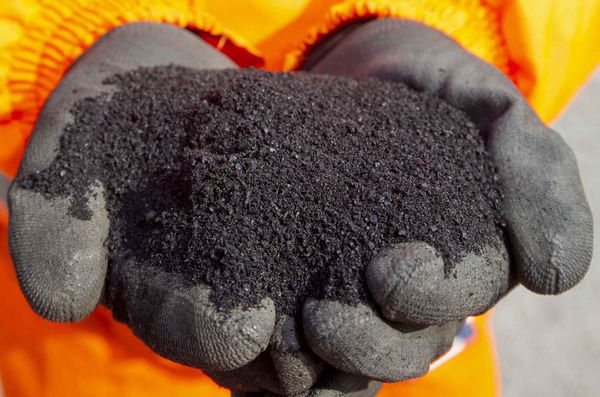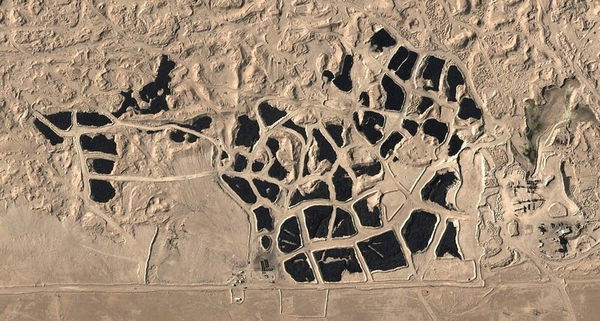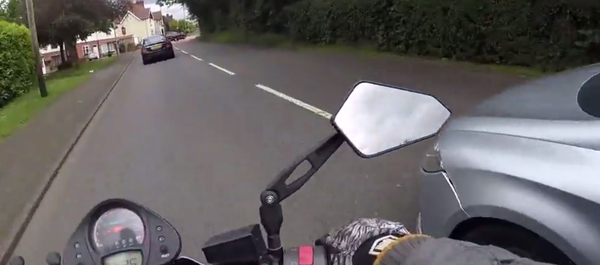Rubberised roads begin M6 trial
Aggregates manufacturer Tarmac are to begin a trail on the M6 motorway that sees recycled tyres form part of the road surface

AGGREGATES company, Tarmac, have laid a section of rubberised motorway between junction 23 and 22 of the southbound M1 near Leicester.

The scheme has been developed by Tarmac and is being funded by Highways England who are trying out a new asphalt mixture to try and utilise some of the UK’s 40-million waste tyres produced each year. With the EU banning the dumping of tyres in landfill sites, we currently export around 120,000 tons of waste tyres every year, where most head to a Kuwaiti landfill site (above) where the tyres are visible from space! The new road surface uses an estimated 750-tyres for every kilometre of road that is laid.
The idea of recycling tyres to be used as a road surface isn’t new, in fact, the US has been using the method for some time, helping to save over 10-million tyres from hitting the landfill sites across the pond. As well as the environmental benefits that come from the scheme, Tarmac also claims that the rubberised roads also absorb shock better than a normal aggregate, leading to better longevity and lower risk of the road breaking up under continued hard usage.
Corporate Group Leader Martin Bolt, who oversees innovations projects for Highways England in the Midlands, said:
"Highways England is committed to investing in innovation to help us meet the economic, environmental and efficiency challenges we face in our changing world and also to delivering environment improvements as we strive to ensure our road network works more harmoniously with its surroundings."
"This trial could well be the first step to rapidly reducing the number of tyres piling up in the UK and beyond. The economic and environmental potential of this new asphalt is significant and we are delighted to be working with Tarmac in this trial."
Paul Fleetham, managing director of Tarmac, added:
"Technical innovation has a key role to play in improving the environmental performance of our roads. As a previously overlooked waste stream, used tyres offer a significant opportunity to unlock the benefits of a circular economy."
"There has been a very positive response to our rubberised asphalt since the first local authority trial was announced in May and we’re very pleased to be working with Highways England to explore its potential to support the sustainability of the strategic road network."
This isn’t the first road to be trialled in this manner, with Coventry’s ring-road also getting the rubber treatment prior to the M6 trial. We’ve ridden the stretch hundreds of times before, in rain and sunshine (yours truly lives in Coventry) and can honestly say you don’t even notice the difference in the road’s surface.
When I heard about the trial, I expected the road to feel like a children’s play area that’s been coated in that rubber safety covering, but in truth, the grains of rubber in the road are so fine they make it indistinguishable to the road user. I have also ridden the road in the wet and found the grip levels of the new road to be the same, if not better than the original surface of the ring road.
While the new surface is greener than shipping tyres to Kuwait and burying them in the ground, it is more expensive to produce the rubber-Tarmac mix in the UK. A problem that’s mainly blamed on a lack of the infrastructure needed to manufacture the material at a high level, although if this kind of industry takes off companies are likely to quickly appear with more cost-effective solutions.












